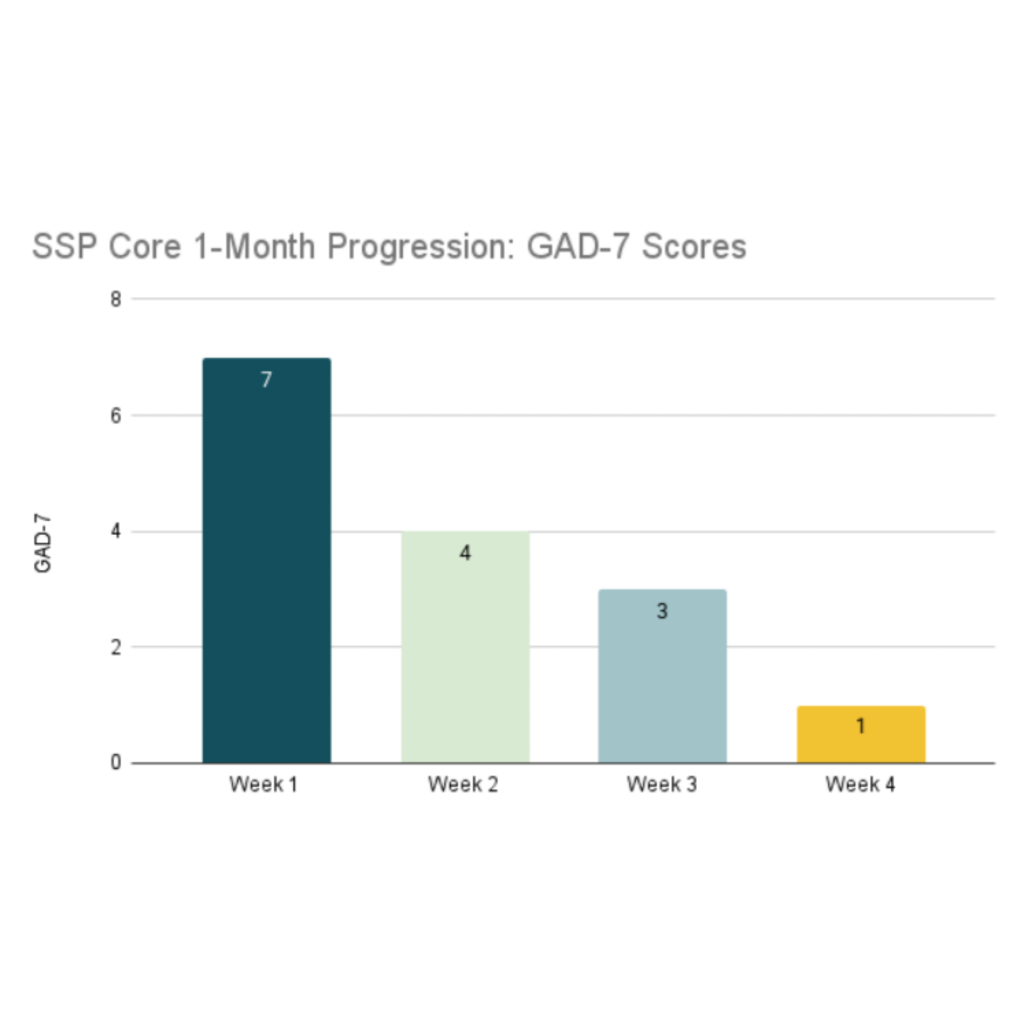The information presented in this case study was submitted by the identified provider and reviewed by the Unyte Clinical Team. Modifications to the text have been made solely for the purpose of enhancing comprehension and clarity for the reader’s benefit, and were carefully applied while ensuring the accuracy and integrity of the original submission. Unyte Health makes every effort to use updated terms and inclusive language, this case study retains the author’s original descriptions to be most sensitive to the client’s identity and preferences.
About the Provider
Name: Sabrina Thakur
Disciplines/credentials: LMFT, RPT-S, certified EMDR therapist
Modalities: EMDR, play therapy, neurofeedback, neurosequential model of therapeutics, Safe and Sound Protocol (SSP)
Client Background
Name: Alex (pseudonym)
Age and Gender: 9-year-old boy
Program Delivered: Safe and Sound Protocol (SSP) Core, Connect and Balance; Rest and Restore Protocol (RRP)
Alex presented with anxiety and autism diagnoses. Due to significant sensory sensitivities, he found emotional regulation to be challenging. Daily meltdowns were common and could last for hours. In these moments, Alex would cry, yell and sometimes throw objects. His parents would be unable to soothe him, creating more stress for everyone.
In addition to his regulatory capacity, Alex struggled with sleep. Afraid to sleep alone, he needed a parent to stay with him through the night. He also expressed anxiety around school: despite a good academic record, he was anxious about attendance and developing peer relationships.
Implementation of the Safe and Sound Protocol (SSP) and Rest and Restore Protocol (RRP)
Alex followed a hybrid listening plan, organized by provider Sabrina Thakur. RRP was delivered entirely remotely, with Alex listening right before his bedtime. His parents offered strong co-regulatory support during these sessions. After completing RRP, Alex pivoted to the SSP, and engaged in additional therapeutic modalities like play and movement therapy while listening. He has since completed the SSP Core pathway twice.
Response
Alex displayed significant growth with the two programs. Since he began with RRP before bedtime, the first notable change was in his sleep routine. During the first week of treatment, Alex scored a 10 on the sleep quality scale (10 being the worst possible outcome). Within only three weeks of listening to RRP, Alex’s score decreased to 2, showing incredible improvement. Additionally, Alex now sleeps independently and no longer needs the support of a parent in the room.
Beginning with RRP helped Alex build tolerance for the SSP. Sabrina Thakur observed that “the immediate relaxation provided by RRP enhanced his capacity to participate in the subsequent SSP Core program for longer sessions.” After his second round of SSP Core, Alex’s score on the GAD-7 scale decreased from a 7 (indicating mild anxiety) to a 1 in just four weeks.

With the decrease in his anxiety and increase in sleep quality, Alex and his parents noticed a significant improvement in his reactivity. Instead of daily meltdowns, Alex would only experience that level of overwhelm once or twice a month post-listening.
Alex also demonstrated increased self-acceptance, feeling more confident about himself and aware of his diagnoses.
Discussion
Alex’s experience highlights the benefits of sequencing the SSP and RRP to benefit the client.
For Alex, starting with RRP prepared him for further sound intervention while he simultaneously felt positive benefits associated with RRP. Scaffolding the treatment plan in a way that accommodates each patient’s needs helps create the capacity for deeper healing.



 © 2025 Unyte Health US Inc.
© 2025 Unyte Health US Inc.